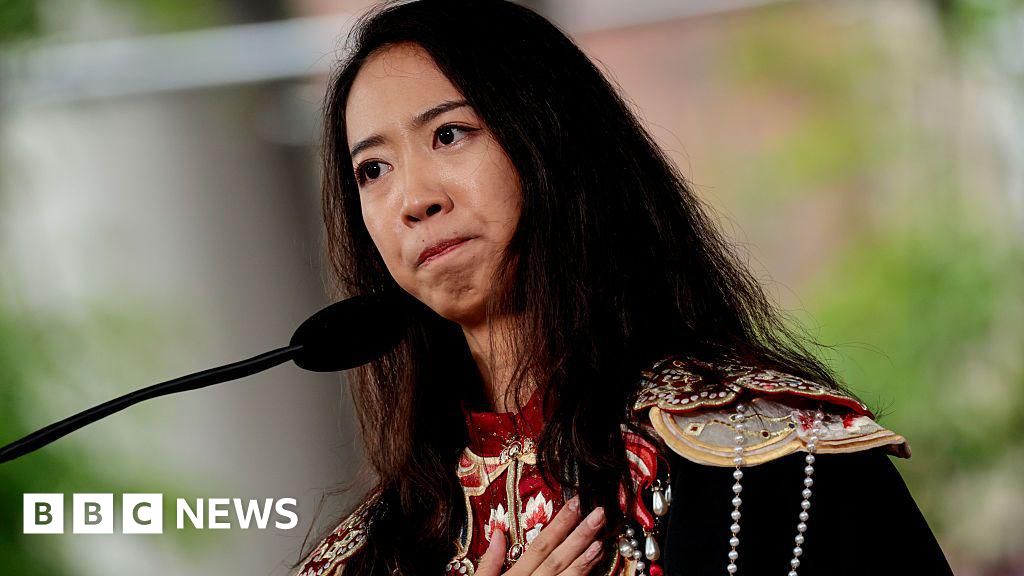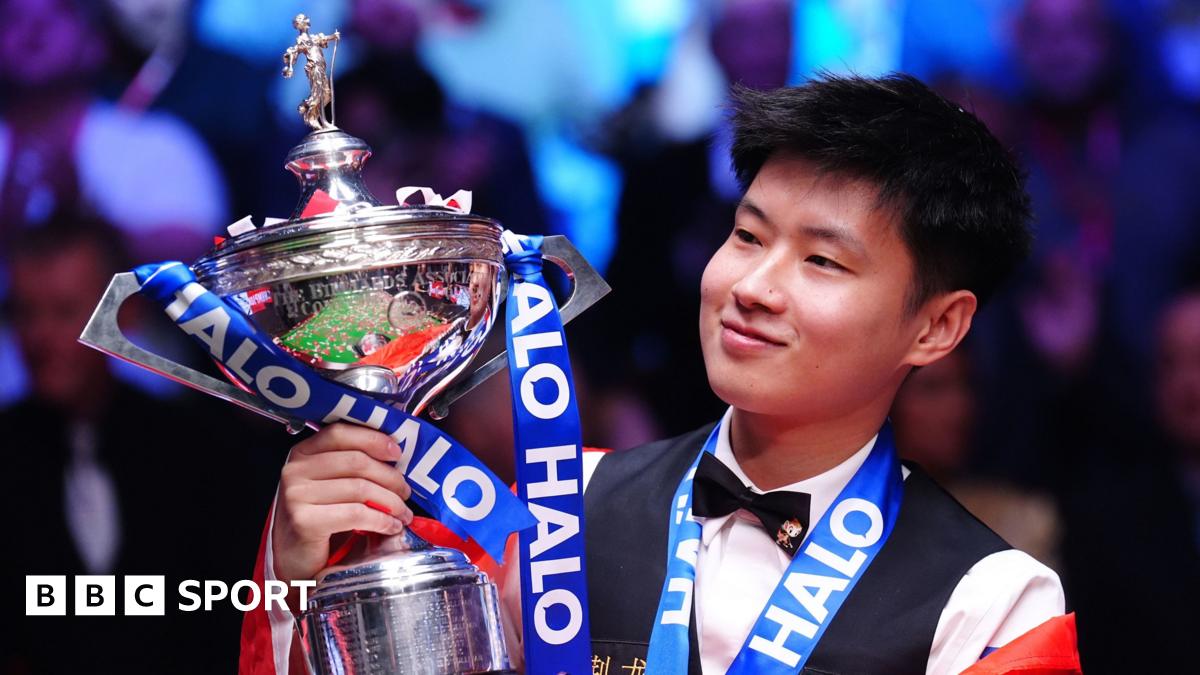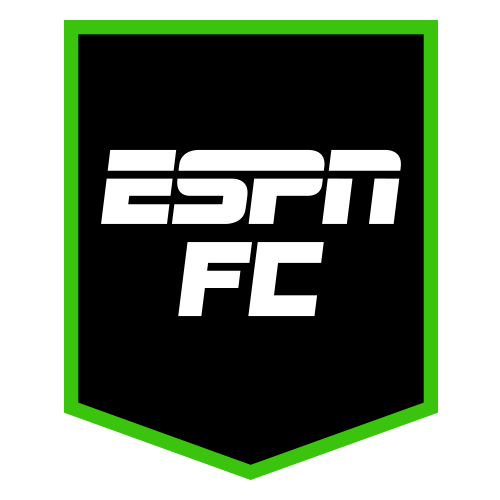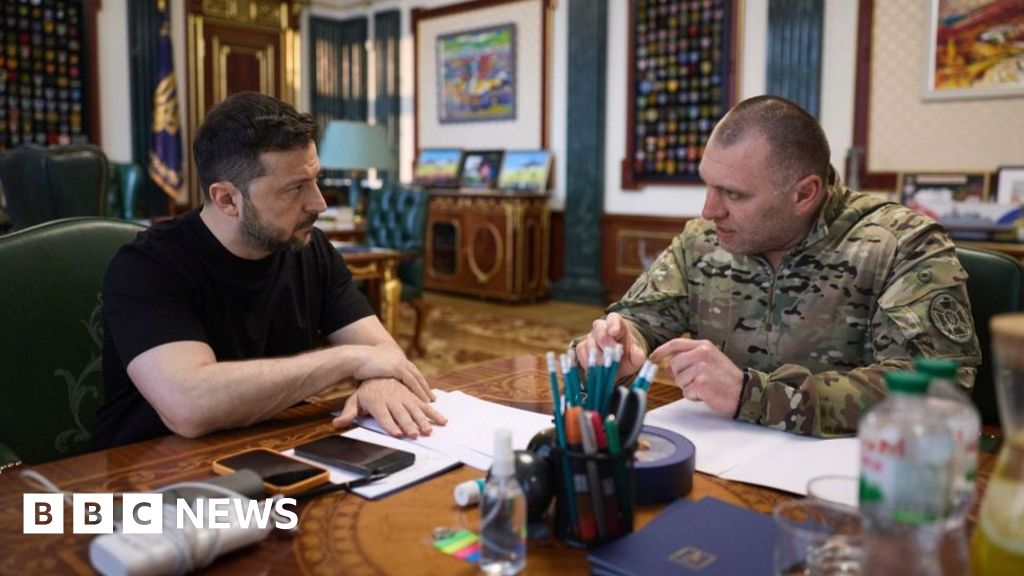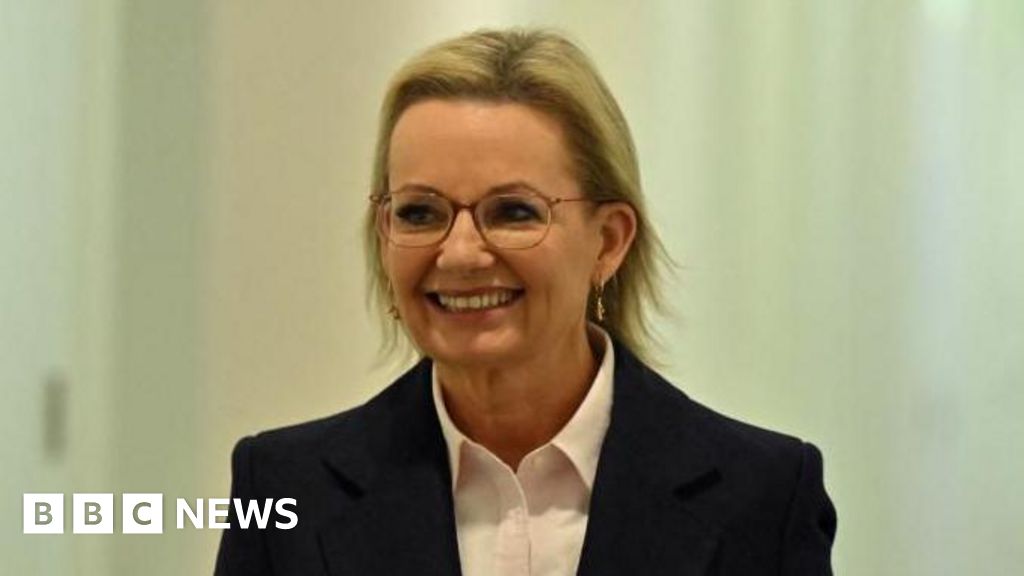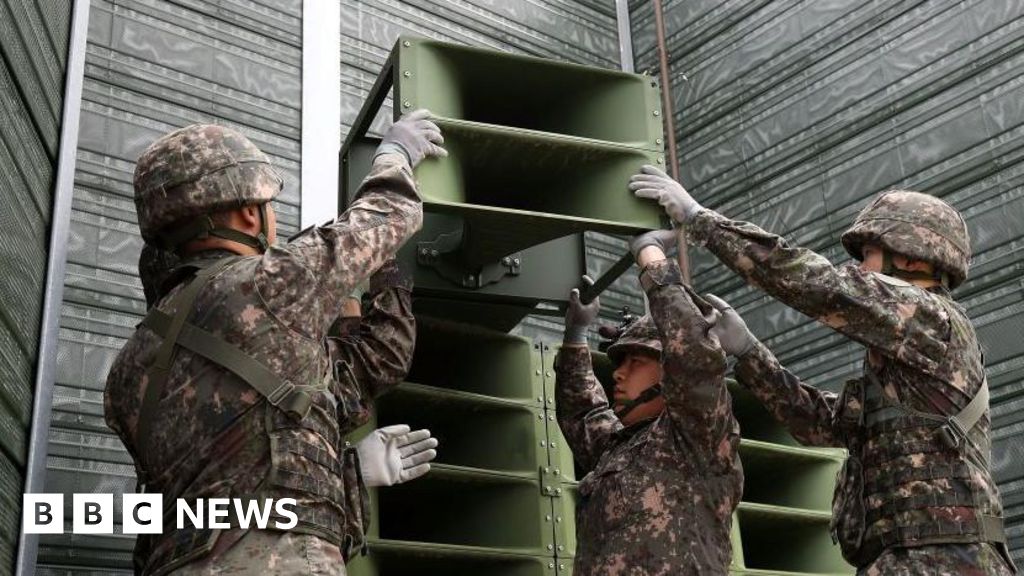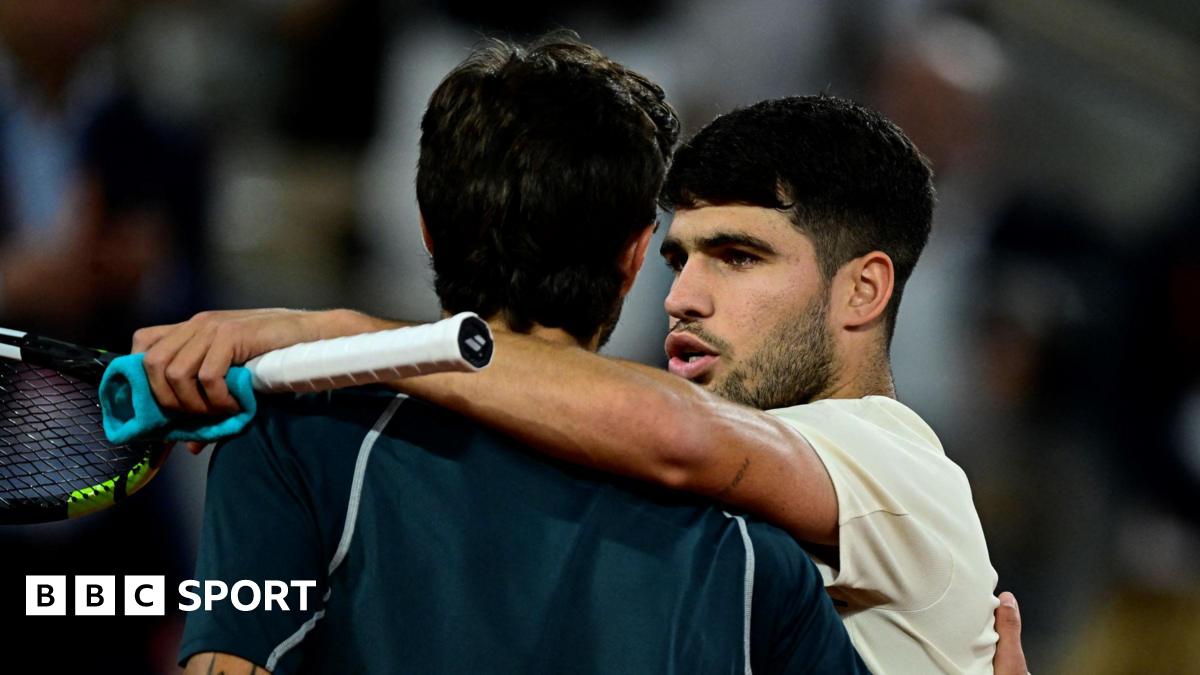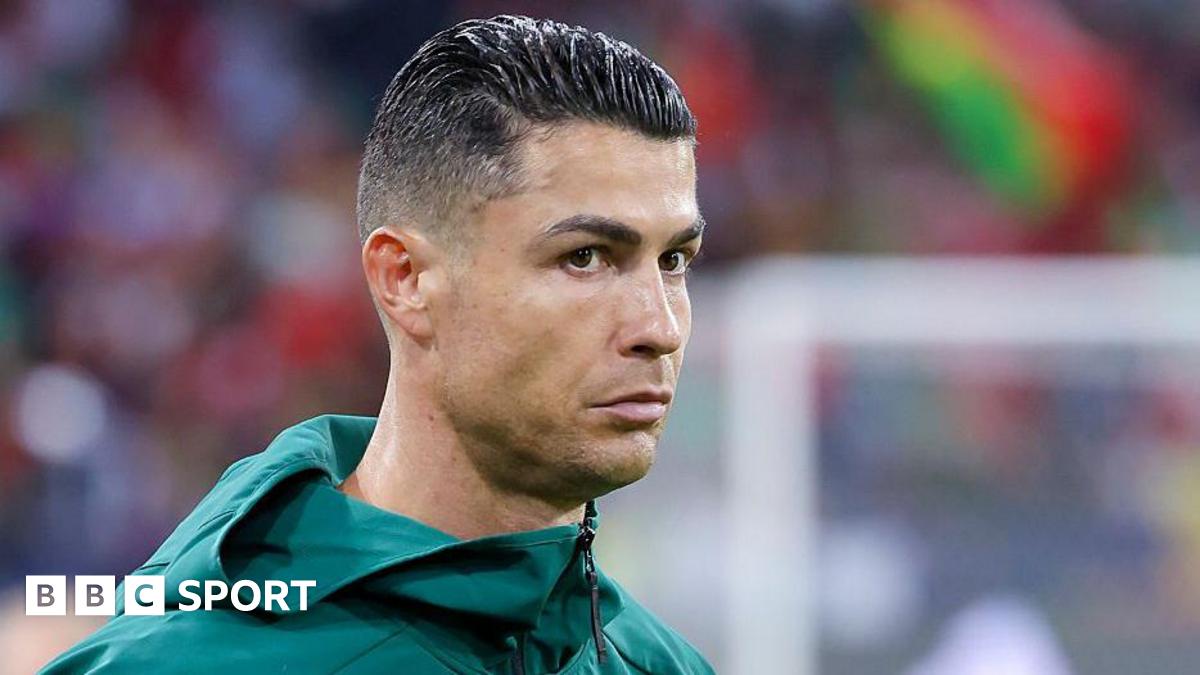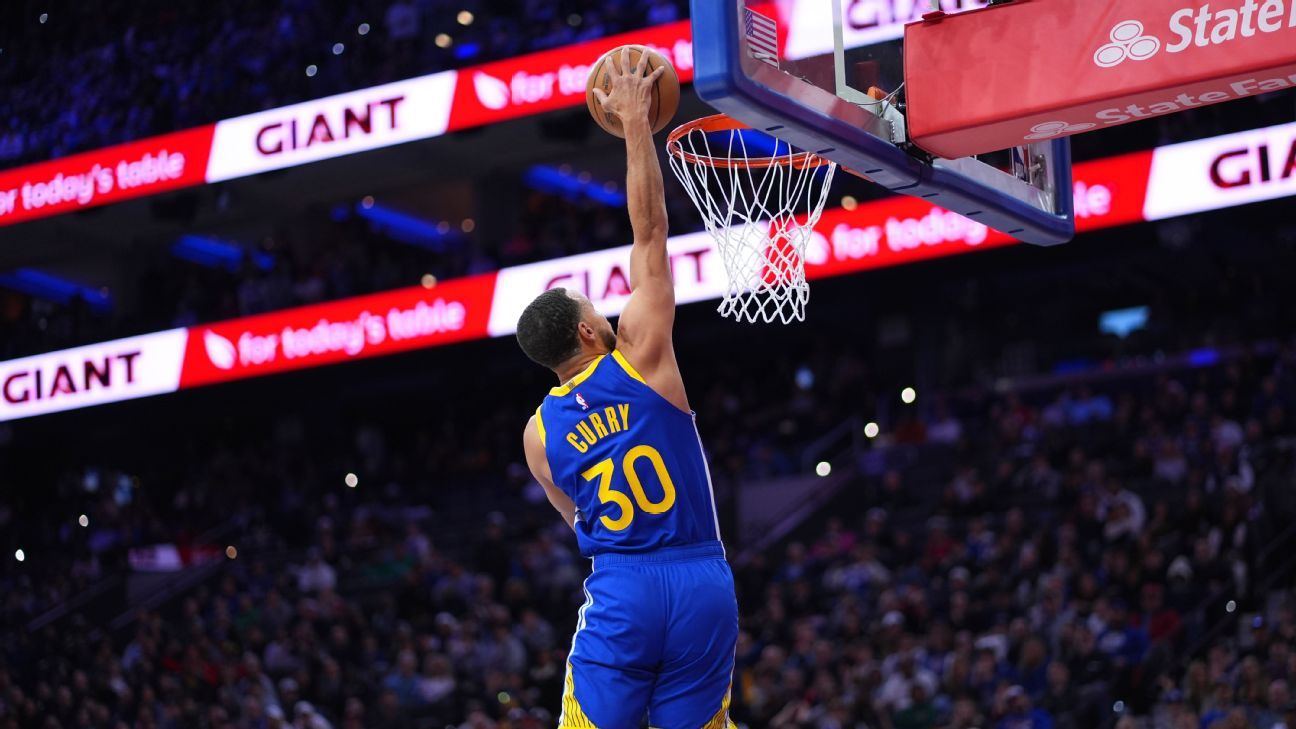
Kevin PeltonJun 27, 2025, 10:30 PM ET
- Co-author, Pro Basketball Prospectus series
- Formerly a consultant with the Indiana Pacers
- Developed WARP rating and SCHOENE system
The NBA's offseason is here, and teams are making moves to fill their rosters for the 2025-26 season.
Kyrie Irving, after suffering a torn ACL in the regular season, declined his player option with the Dallas Mavericks and intends to sign a three-year contract.
The Houston Rockets, who added Kevin Durant in a blockbuster trade, got things started by agreeing to a three-year, $39 million contract extension with center Steven Adams. The move comes after Adams had a strong season as the backup center for the Western Conference's No. 2 seed.
With the draft behind us and free agency (opening Monday at 6 p.m. ET) closing in, the signings should come fast and often. As deals become official, we're grading the moves and examining what each means for the 2025-26 season and beyond.
MORE: Trade grades | Offseason news and buzz

June 27: Timberwolves and Naz Reid agree to new deal
Agreed to a reported five-year, $125 million contract with forward/center Naz Reid
![]() Grade: C-
Grade: C-
In what looked like a difficult market for free agents, Reid found leverage to get an incredibly favorable contract.
The Timberwolves now face a challenge to also re-sign starting forward Julius Randle (who, like Reid, holds a player option for 2025-26) and reserve guard Nickeil Alexander-Walker. Minnesota must make some choices about who to value, which started with paying Reid like a starting-caliber player over the span of his new contract.
That's interesting because only one other team (the Brooklyn Nets) could make a similar offer to Reid, and because there's not a clear path to him becoming a starter in the short term if the Timberwolves bring back Randle.
Unless the Nets were interested, Reid's market would presumably have been at the $14.1 million non-taxpayer midlevel exception. That would have carried a max value of $60.6 million over four years, far less than Minnesota offered. Reid also had the option of exercising his $15 million player option for 2025-26 and taking his chances next summer, which should have been viewed as a good outcome by the Timberwolves.
Assuming max 8% raises, Reid's salary for next season will bump up to $21.6 million. That leaves Minnesota about $33 million shy of the second luxury tax apron, including team options for forward Josh Minott and center Luka Garza. That could be enough to bring back Randle, whose 2025-26 option would carry a $31 million cap hit. Retaining Randle and Alexander-Walker, who should have a market near or at the non-tax midlevel, now seems impossible, barring a trade.
I understand the Timberwolves prioritizing the two big men after drafting guards Rob Dillingham and Terrence Shannon Jr. in last year's first round. Minnesota also has 2023 second-round pick Jaylen Clark, who flashed at the defensive end in his rookie season after missing all of 2023-24 due to injury.
Additionally, the Timberwolves are paying Reid through his prime years. He'll turn 26 in August and will be 30 at the end of this five-year contract. Still, I'm not convinced Reid is a starting-caliber player despite winning the Sixth Man award in 2023-24.
A bench role suits Reid because of his defensive limitations, which were exposed by playing center more last season after Minnesota traded Karl-Anthony Towns. Lineups with Reid at center allowed a 116.3 defensive rating last season, per Cleaning the Glass, as compared to 103.0 when he played power forward. That's worth keeping in mind if you're projecting Reid as Rudy Gobert's eventual replacement at center.
The advent of the second apron, plus steeper penalties for teams with large luxury tax bills, means overpaying key contributors is more costly than ever. Although Reid has been an indispensable part of the Timberwolves teams that have reached the past two conference finals, paying him like a starter is going to force them to sacrifice down the line. Given the market, I think Minnesota should have done better with this contract.
June 25: VanVleet to sign new $50 million deal with Houston
Agreed to a reported two-year, $50 million contract with guard Fred VanVleet
![]() Grade: A
Grade: A
This deal, which will replace a $44.9 million team option the Rockets held for VanVleet in 2025-26, is some combination of Houston using its leverage well and/or being willing to spend even bigger in the future.
It's certainly true that VanVleet would have had a tough time beating this offer on the open market. Only the Brooklyn Nets could even legally do so using cap space, meaning the Rockets' participation in a sign-and-trade would have been necessary for VanVleet to get more than the non-taxpayer midlevel exception to play for a contender as an unrestricted free agent.
Still, the same will be true for virtually any free agent of note, and it's unlikely other teams will get this kind of bargain. Consider that VanVleet will make less next season than Kyrie Irving, who will start the year rehabbing an ACL tear. Yes, Irving had the leverage of a player option for 2025-26 on his contract, but he still added more new money ($76 million over the two years beyond 2025-26) than VanVleet.
It's possible VanVleet could make up the difference now that he holds a player option for 2026-27. Houston is currently hard-capped at the second luxury-tax apron by virtue of aggregating salaries in the Kevin Durant trade. That restriction may not exist a year from now, which would allow the Rockets to potentially re-sign VanVleet to a bigger, longer deal in a summer where other teams will have ample cap space to pursue him.
For the time being, getting VanVleet around $20 million less than his option sets Houston up to have access to its non-taxpayer midlevel exception. In a market where only the Nets will likely have more to offer, that makes the Rockets a player for a big-time free agent to complement Durant and their young core.
Nickeil Alexander-Walker is the most obvious Houston target who would fit into a playoff rotation on the perimeter, having played that role for the Minnesota Timberwolves in back-to-back conference finals runs. Gary Trent Jr.'s shooting is another fit, while Ty Jerome would be a good value but might be duplicative of what the Rockets hope 2024 No. 3 pick Reed Sheppard will become.
Wherever Houston lands, the ability to access the full midlevel should help Houston replace the slight depth lost in the Durant trade and strengthen the Rockets as championship contenders.
June 24: Kyrie Irving declines player option
Agreed to a reported three-year, $119 million extension with guard Kyrie Irving
![]() Grade: B+
Grade: B+
Irving had until the end of the day Tuesday to decide on a $43 million player option for 2025-26. Instead of exercising it, he declined it and will sign this extension, effectively adding two years and $76 million to his contract.
The Mavericks had a degree of leverage because the Brooklyn Nets' trade on Tuesday potentially means no other team could offer Irving as much money in free agency. (In practice, the rebuilding Nets bringing Irving back three years after dealing him to Dallas might be politely termed a long shot.)
At the same time, Irving could have picked up his option and targeted free agency next year, when it's possible he could have gotten a contract worth more annually -- and certainly a longer one. This seems like a fair compromise.
Reducing Irving's starting salary to around $37 million has important implications for the Mavericks this summer. That leaves them about $7 million from the second luxury-tax apron with 13 players under contract, not counting a team option for backup point guard Brandon Williams.
Had Irving picked up his option, Dallas would likely have been limited to offering minimum contracts, barring a money-saving trade. Now, the Mavericks could have access to the taxpayer midlevel to sign a ball handler as a free agent and fill the void left by Irving, who will be out much of 2025-26 after suffering an ACL tear in March.
June 23: Mavs' Gafford gets three-year extension
Agreed to a reported three-year extension with center Daniel Gafford
![]() Grade: Pass (extensions for non-free agents graded on a pass/fail basis)
Grade: Pass (extensions for non-free agents graded on a pass/fail basis)
The most interesting element of this extension is the timing. Conventional wisdom had it that Gafford could be a trade candidate this summer, given the Mavericks' crowded depth chart at center, where younger Dereck Lively II is the team's starter of the future and starting power forward Anthony Davis is also capable of -- and perhaps best suited for -- playing the 5.
There's little question that Gafford merits a raise coming off the best season of his NBA career. Having excelled defensively in a platoon with Lively as Dallas reached the 2024 NBA Finals, Gafford got a chance to play extended minutes between when Lively went down with a stress fracture in his right ankle in January and his own knee sprain in February.
During 11 full games in that span, Gafford averaged 15.0 PPG on 67% shooting, 10.3 RPG and 3.6 BPG, the last of which would have threatened Victor Wembanyama (3.8 BPG) for tops in the NBA. Typically just a finisher on offense, Gafford even created in the post with the team battling multiple injuries. His 52 post-ups last season was a career high, per GeniusIQ tracking, although Gafford's efficiency on those plays wasn't especially strong.
Besides the limitations on Gafford's role with the Mavericks, a trade now also makes sense because this could be the peak of his performance. Gafford will be 27 in October, and while his size won't fade, Gafford might not remain such a strong above-the-rim threat as he nears his 30s.
Based on those factors, it was important for Dallas to craft an extension with a maximum 20% raise in 2026-27 (a starting salary of $17.3 million) and 5% annual raises that fits restrictions on extend-and-trade deals. By virtue of apparently staying within that, the Mavericks can trade Gafford as soon as he signs the extension -- or, hypothetically, even before then.
Having Gafford under contract an additional three seasons shouldn't hurt his trade value at all. This extension pays him barely more than the expected 2026-27 non-taxpayer midlevel exception of $15.5 million, and Gafford has easily outpaced that in terms of value thus far. From his perspective, locking in his deal a year ahead of time does take injury risk off the table. So I'd consider this move a win-win.
The next question is which teams could be in the market for Gafford. He's an obvious fit for the Los Angeles Lakers, having demonstrated his comfort running pick-and-rolls with Luka Doncic, but that idea seems triggering for already aggrieved Dallas fans. Gafford would be a sensible target for the guard-heavy Phoenix Suns, though finding workable matching salary is a challenge unless the Suns get under the second apron.
If the New Orleans Pelicans aren't convinced Yves Missi is a starting-caliber center at this stage of his development, Gafford would be a huge offensive upgrade. I'd also consider a return to Gafford's original team, the Chicago Bulls, and the San Antonio Spurs as wild-card possibilities.
Of course, the Mavericks may just hold on to Gafford. After all, they spent much of the second half of last season with none of their three starting-caliber centers healthy, so there is value in having depth at the position. And it would be challenging for another would-be contender to offer the perimeter help Dallas seeks, meaning a Gafford trade would most likely need to involve at least three teams.
June 14: Rockets, Adams agree to three-year extension
Agreed to a reported three-year, $39 million contract with Steven Adams
![]() Grade: B
Grade: B
We're off and running on the 2025 offseason with games still to play in the NBA Finals. Teams aren't allowed to negotiate new contracts with their own free agents until the day after the Finals end, but they can strike extensions with eligible players in the last year of their contracts at any point up to June 30.
Acquired by the Rockets at the 2024 trade deadline while still recovering from season-ending PCL surgery, Adams initially served as a veteran mentor on a young team and a backup to All-Star center Alperen Sengun. His role expanded considerably in the playoffs, when lineups featuring both Adams and Sengun unexpectedly became key to Houston taking the Golden State Warriors the distance after falling behind 3-1 in the series.
Whether alongside Sengun or as the team's lone center, Adams reached a level in the playoffs that we haven't seen since early in his career. Adams blocked 1.9 shots per 36 minutes, surpassing his best regular-season mark (1.7). And his 60% shooting was way up from 55% during the 2024-25 regular season. My wins above replacement player metric rated Adams the team's fourth-most valuable player in the series, ahead of starters Dillon Brooks and Jalen Green.
Given that the size and strength that make Adams a dominant offensive rebounder aren't going anywhere, the kind of agility we saw against the Warriors will make him a valuable player for the Rockets as long as he stays healthy.
Before the PCL injury that cost him the 2023 playoffs and all of 2023-24, Adams had been remarkably durable, playing 76 of 82 games in 2021-22. And Houston will surely be careful with Adams' workload. Although Adams was cleared to play both ends of back-to-back games midway through last season, the Rockets continued to give him one of the games off because of how he recovers after playing the night before.
Bringing back Adams on a contract in the $13 million range -- a little less than the $14.1 million non-taxpayer midlevel that is the most other teams could have realistically offered -- does push Houston into the luxury tax if the team exercises Fred VanVleet's $44.9 million team option. And even if the Rockets waive two players with non-guaranteed deals (Jock Landale, at $8 million, and Nate Williams at the minimum), they'd edge over the lower luxury tax apron by filling out the roster in that scenario.
Alternatively, Houston could decline the option and try to bring back VanVleet at a smaller starting salary on a longer-term deal that would guarantee him more money at age 31. That decision could be influenced by what other moves the Rockets have cooking. Their tax situation makes it seem unlikely Houston will add a free agent making more than the $5.7 million taxpayer midlevel, but the Rockets could make more substantial moves via trade.
Per ESPN's Bobby Marks, Houston has until June 29 to decide on VanVleet's player option. Barring a blockbuster trade, VanVleet will almost certainly be back, meaning Adams' new contract gives the Rockets a chance to return the entire core that claimed the No. 2 seed in the West.































